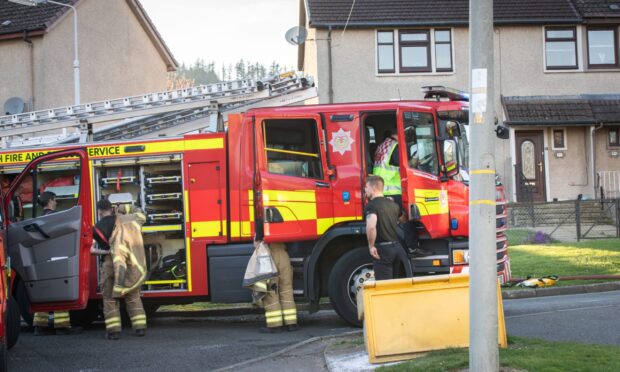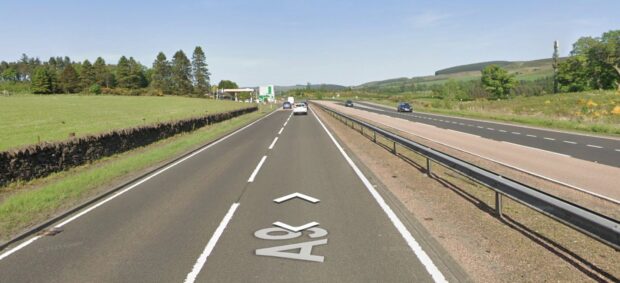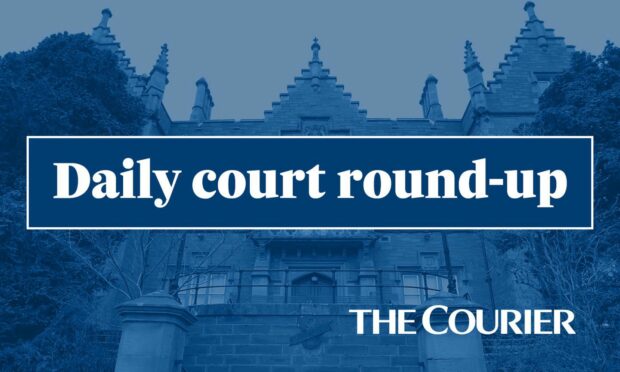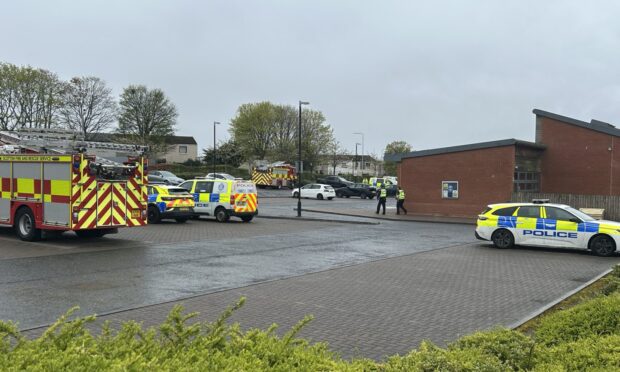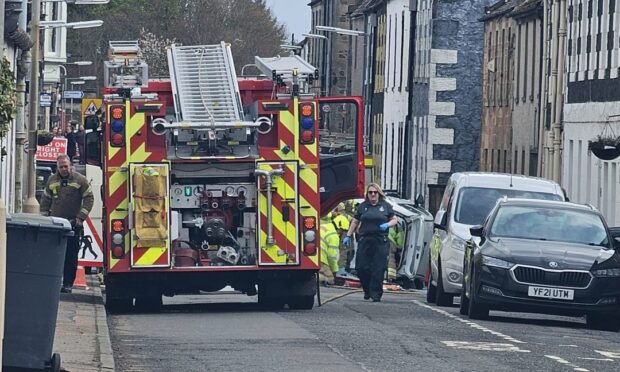Online fraud and anti-social behaviour calls linked to suspected Covid-19 regulation breaches have put police under lockdown pressure in Tayside.
New data reveals the region-wide tally of anti-social behaviour incidents for the quarter from April to June rocketed to 11,147 from 7,161 for the same period last year – the majority connected to alleged pandemic restriction offences.
Across the region, online scammers were responsible for a near doubling of fraud incidents – with Angus a hotspot after a 95% spike in case numbers as computer con men found new ways of exploiting people’s fears around coronavirus.
Tayside-wide performance figures showed a slight reduction in total crime across the region – 4,296 offences compared to 4,463 during the same period in 2019.
Tayside divisional commander, Chief Superintendent Andrew Todd said more than 600 drug crimes were recorded during the quarter, the vast majority during proactive activity.
“As the figures contained with the Q1 report were recorded during an unprecedented time, it is extremely difficult to make swift conclusions about crime trends,” he said.
“Although reductions in violent, sexual and acquisitive crimes are to be welcomed, we must take into account the extraordinary time period during which they were recorded.”
Chief Superintendent Todd added: “Deputy Chief Constable Fiona Taylor revealed that public confidence in Scottish policing was up by 20 percentage points during the first quarter, and I can provide every assurance that we are committed to building on this moving forward locally.”
The top officer is due to deliver a detailed local quarterly breakdown to Angus scrutiny and audit councillors on Tuesday which will highlight the fraud figure spike as the outlier in a period which saw figures in all other crime categories drop.
Headline figures include a 72% drop in speeding offences and housebreakings almost half the level of the same period last year.
Mr Todd said: “There was a 63% reduction in the number of serious assaults during this reporting period, all of which were detected. These figures will have undoubtedly been affected by the cessation of the night-time economy during the Covid pandemic.
“There was a 34% reduction in recorded assaults for this reporting period. Although it is assessed that the lockdown situation will have contributed, this has not resulted in a significant drop in recorded crime in other local policing areas, indicating a degree of local success in targeting violent offenders.”
On the fraud figure, he said: “Recent victims have frequently been elderly with limited knowledge of online security and those conducting retail transactions through third party selling sites. The suspects for recent crimes are out with Scotland.
“Investigation of these crimes are complicated by jurisdiction and the need to acquire communications data which delays resolution.”



